Natural Stone vs. Concrete Pavers
Landscape professionals have always considered cost, aesthetics, and performance when selecting hardscape materials and installation methods. But...
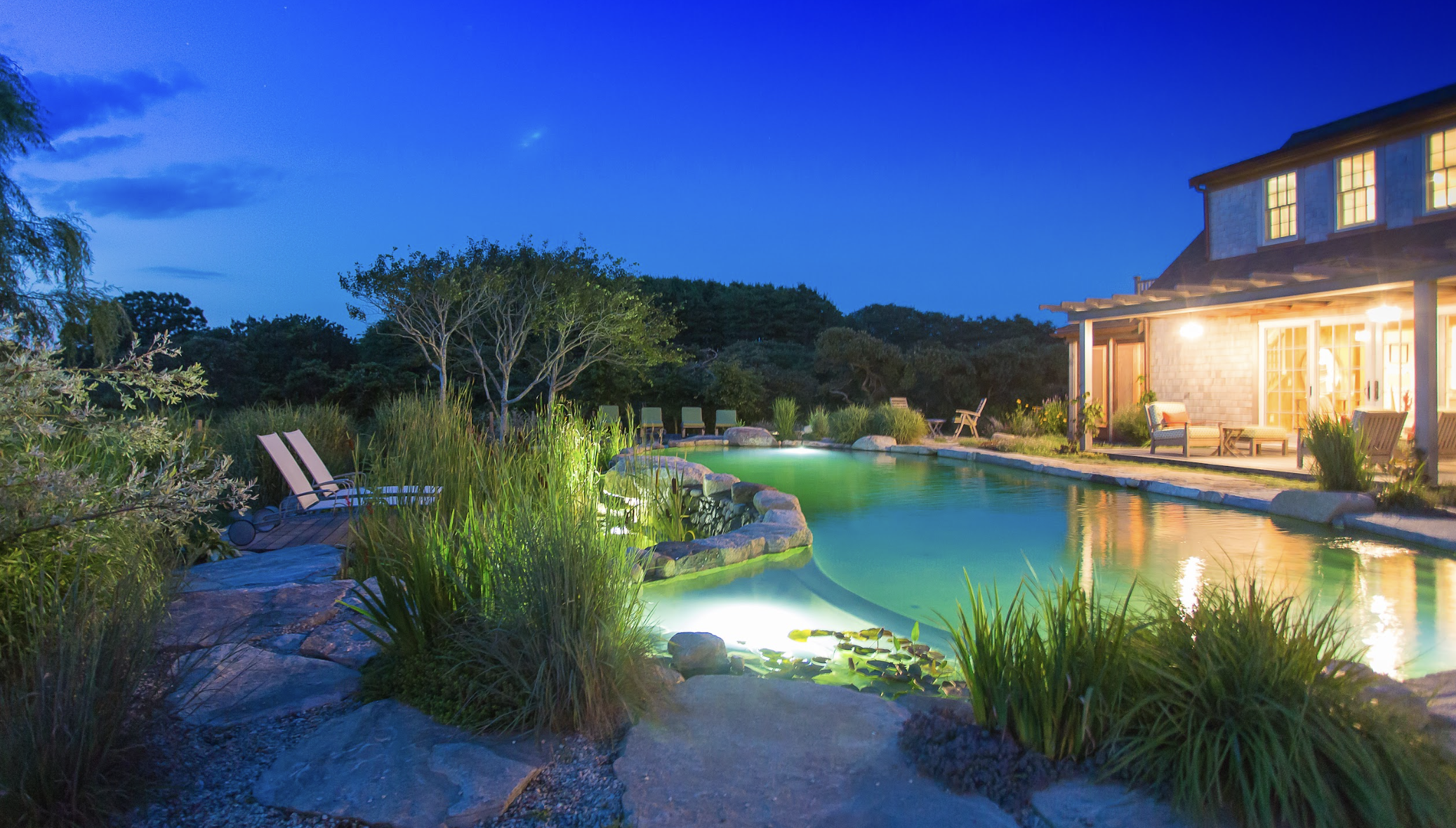 PROJECT DETAILS BioSwimPonds: $100,000+ | BioPools: $75,000+
PROJECT DETAILS BioSwimPonds: $100,000+ | BioPools: $75,000+
| Construction Time 6 weeks+ | Project Size: 650 square feet+
Natural Swimming Pools Mimic Nature
to Create Self-Cleaning Mini-Ecosystems
As more consumers are looking for ways to stay off the grid and become more sustainable, they’re discovering the benefits—and beauty—of natural pools. According to Allen Schnaak, a marine biologist and vice president of business development at BioNova Natural Pools, around 1,000 natural pools have been installed in the US in the past decade.
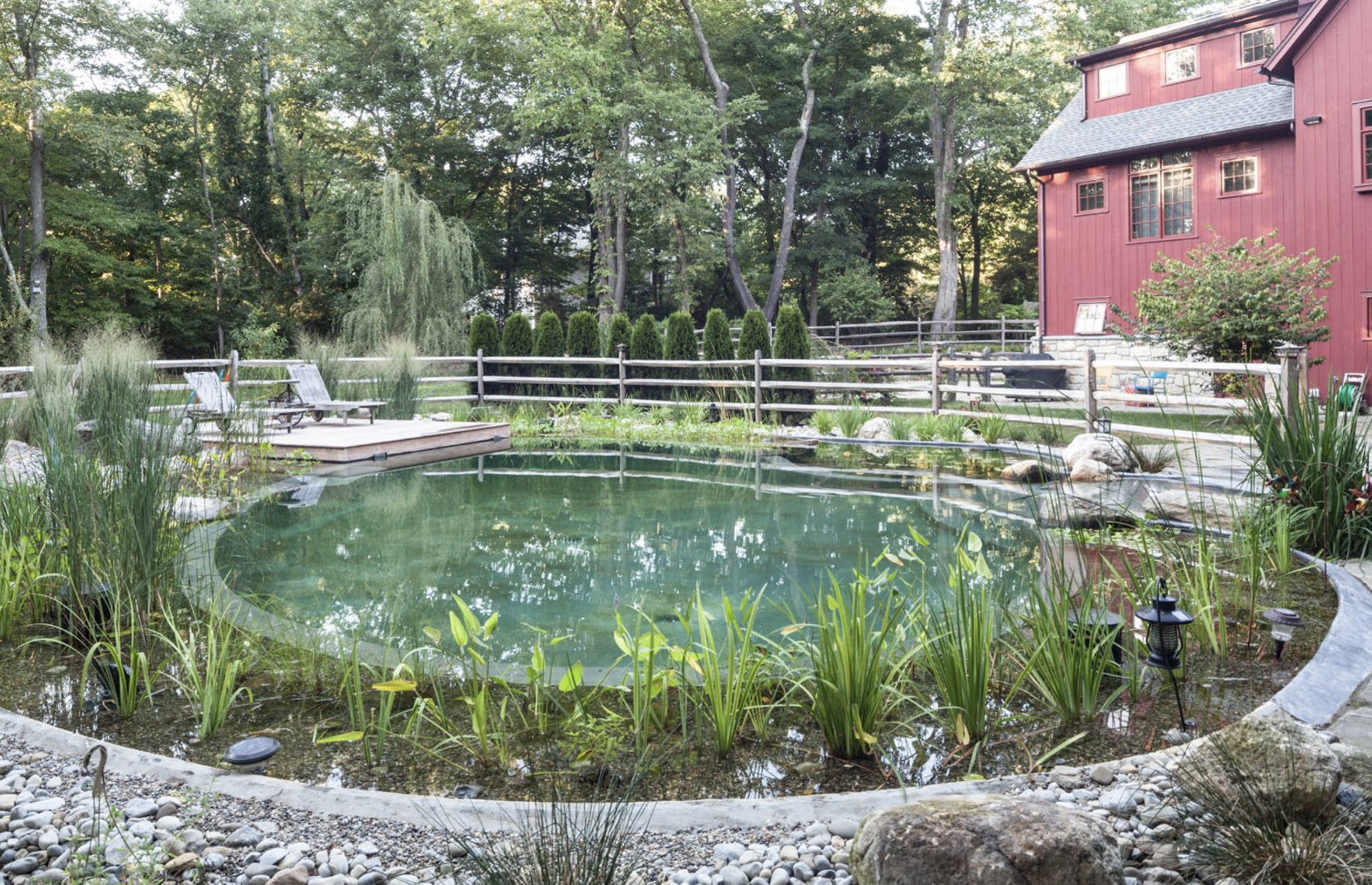
“Americans are starting to catch on here, but the numbers are small compared to Europe where 16 percent of recreational water environments are naturally and biologically filtered,” says Schnaak. “German-speaking areas have been doing it for 40 years.”
Natural swimming pools are said to be invented by Gottfried Kern in Austria in 1954, and his concept took off in the 1980s throughout Austria and Germany. Fellow Austrian and landscape contractor Gerhard Brandlmeier started building swimming ponds in the 1980s and founded BioNova. Over time, the company grew.
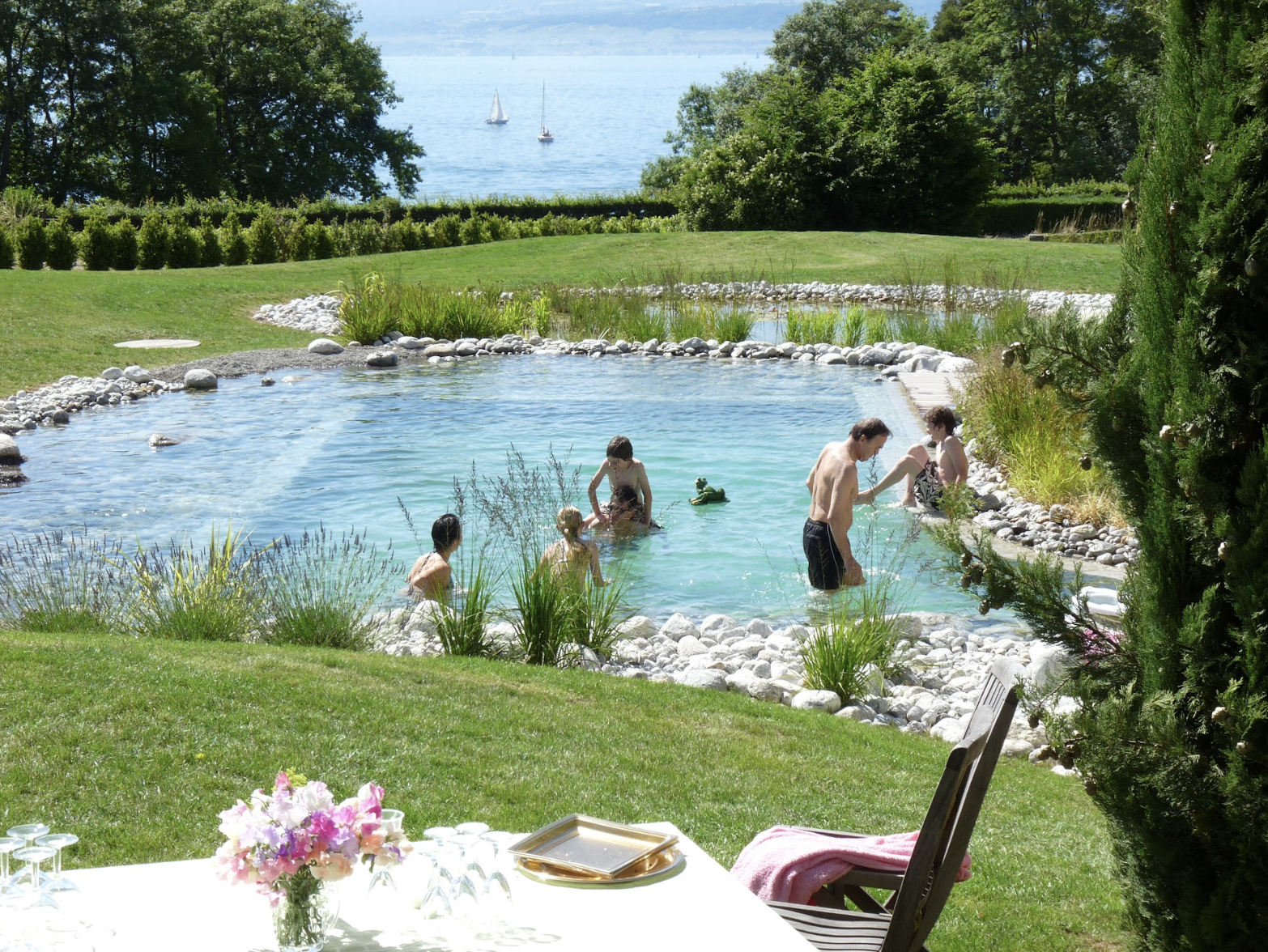
The BioNova North America division has completed 50 projects across the US, from a 38,000-square-foot municipal pool and wetlands in Minneapolis to smaller residential projects from California to Texas to the East Coast.
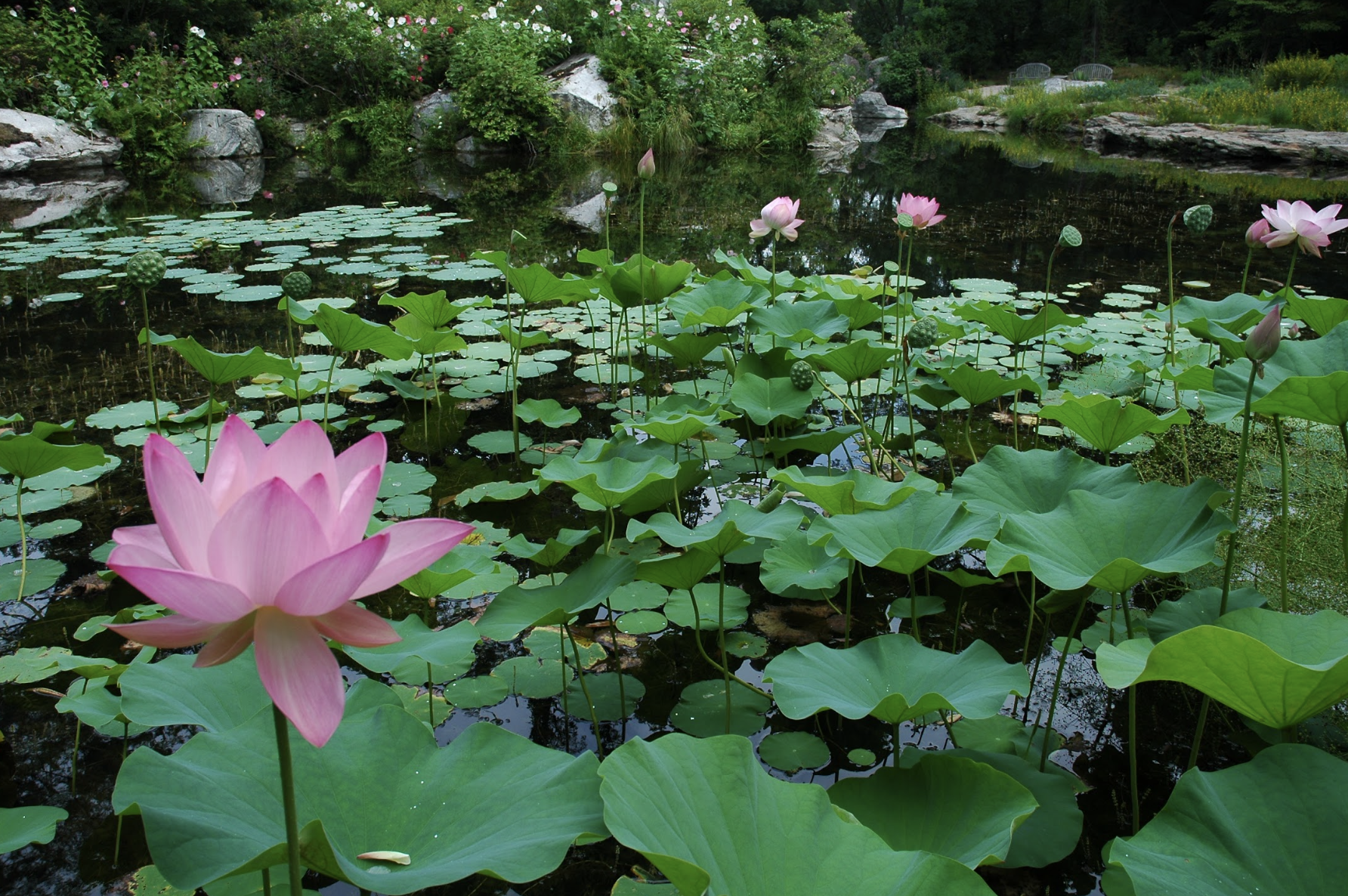
“We’re not here to replace the chemical pool industry, we’re simply offering a viable option for those looking to make environmentally sustainable lifestyle choices,” says Schnaak.
Natural pools are designed and constructed in much of the same way as traditional pools. BioNova partners with local builders and landscape designers to integrate its biological filter designs into the construction process. Traditional swimming pools can also be converted into natural swimming pools.
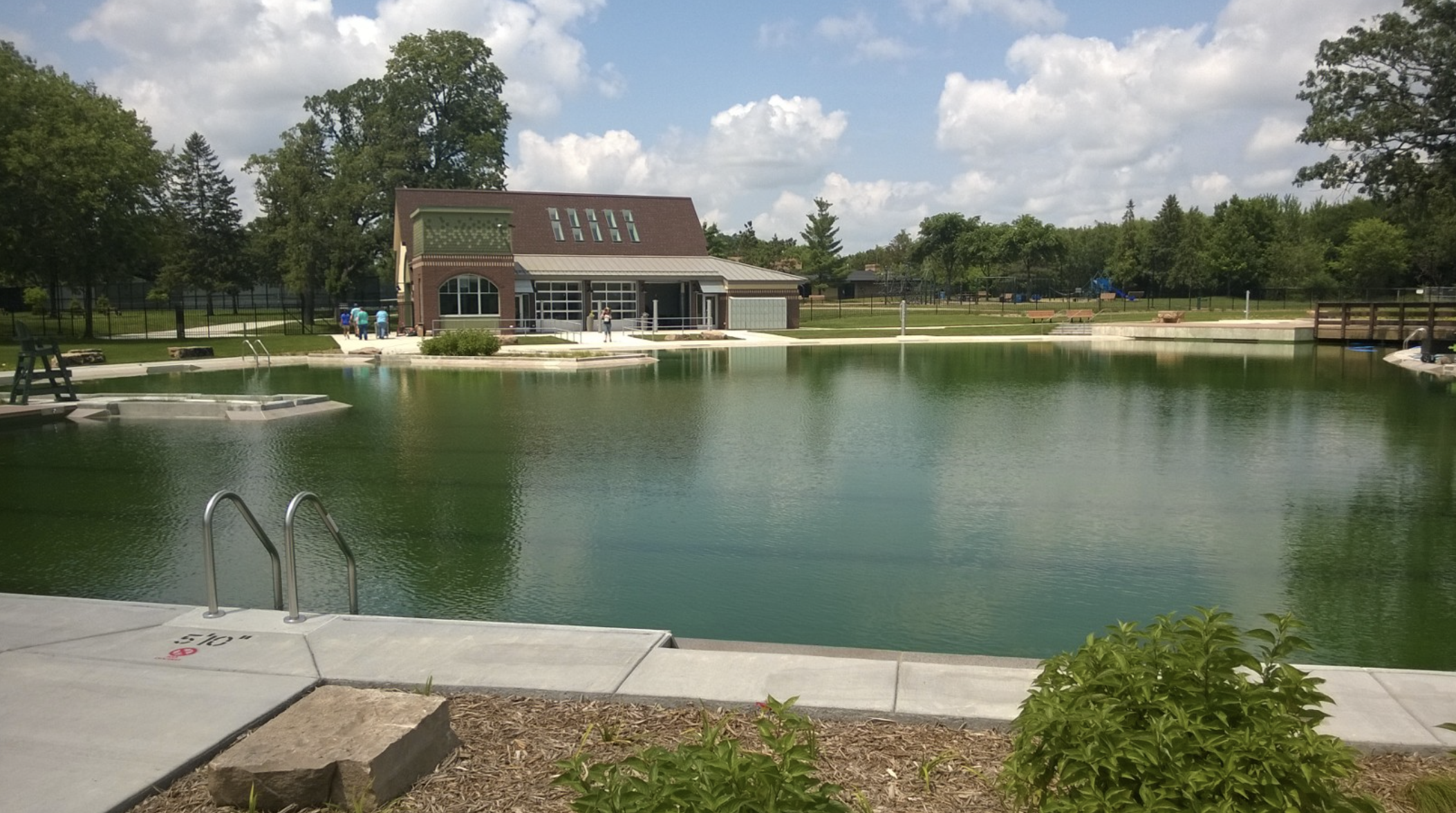
BioNova’s products include a larger BioSwimPond with a planted regeneration zone to biologically filter the water. In the wetlands or water garden, microorganisms and aquatic plants do the work of removing organic compounds that feed harmful pathogens and invasive algae blooms.
Another option is the company’s BioPool, which uses a biofilm filter zone instead of plants. The biofilm filter is separated from the swimming zone and draws the nutrient-rich surface water from the swimming area to nurture the biofilm growth. The circulation rate mimics the ecosystem of a river or stream. This more rapid flow encourages the healthy growth of biofilm away from the swimming zone. The rapid depletion of the nutrients by the biofilm results in clear, naturally tinted water.
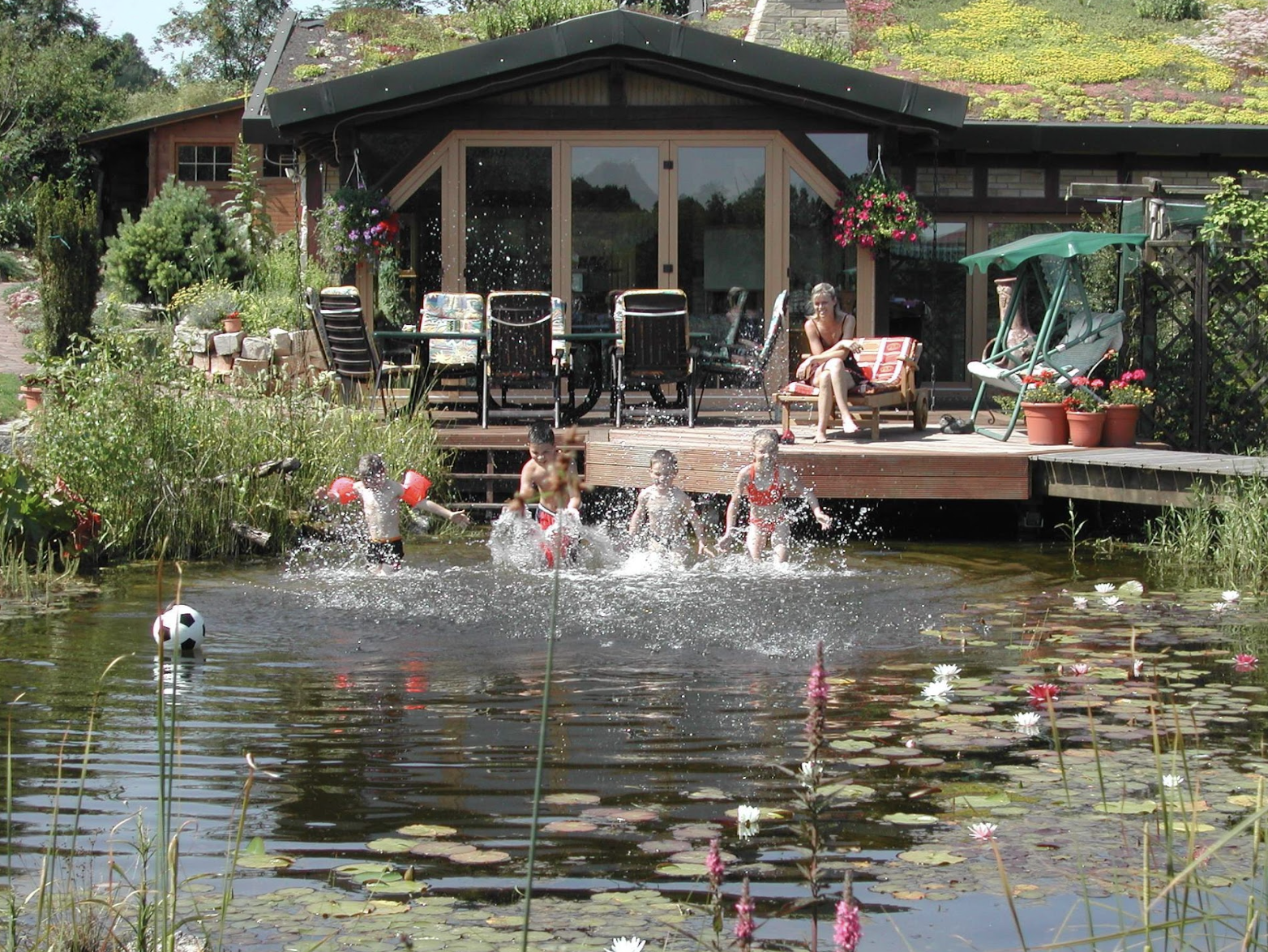
Some of the physical maintenance is similar to a traditional chemical pool—emptying and cleaning skimmer baskets, pump baskets and filters, and vacuuming the pool. For BioSwimPonds, water garden maintenance is necessary such as removing unwanted plants and debris, trimming, and maintaining existing plants, and cutting them back at the end of the season.
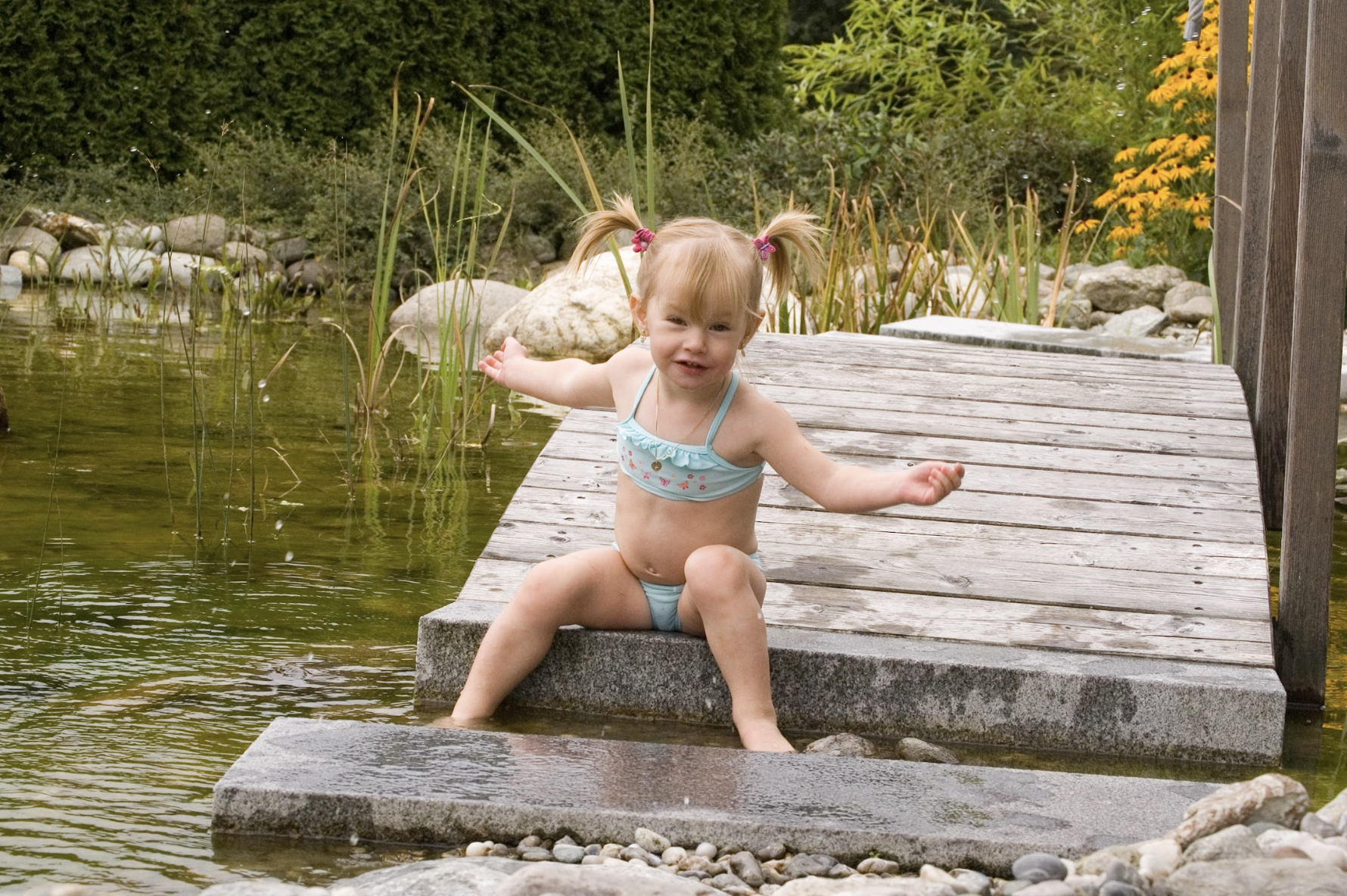
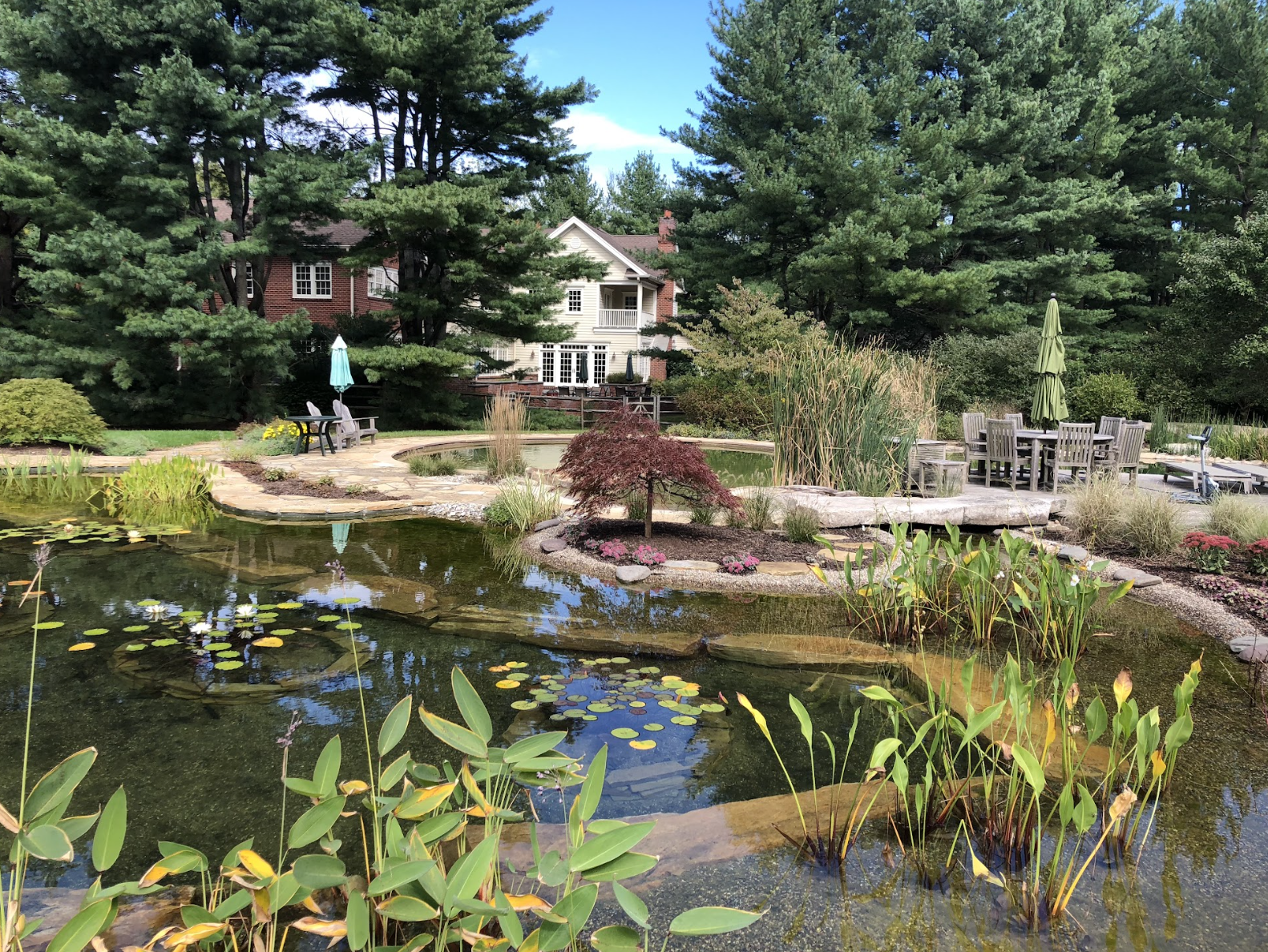
While BioNova works on pools 650 square feet and up, the company recently completed its largest residential project to date.
The pool, located in Princeton, New Jersey, is 1,600 square feet with a 5,000 square foot regeneration zone. While the specific project costs were not disclosed, BioNova estimates natural swimming pools cost from $100 to $125 per square foot.
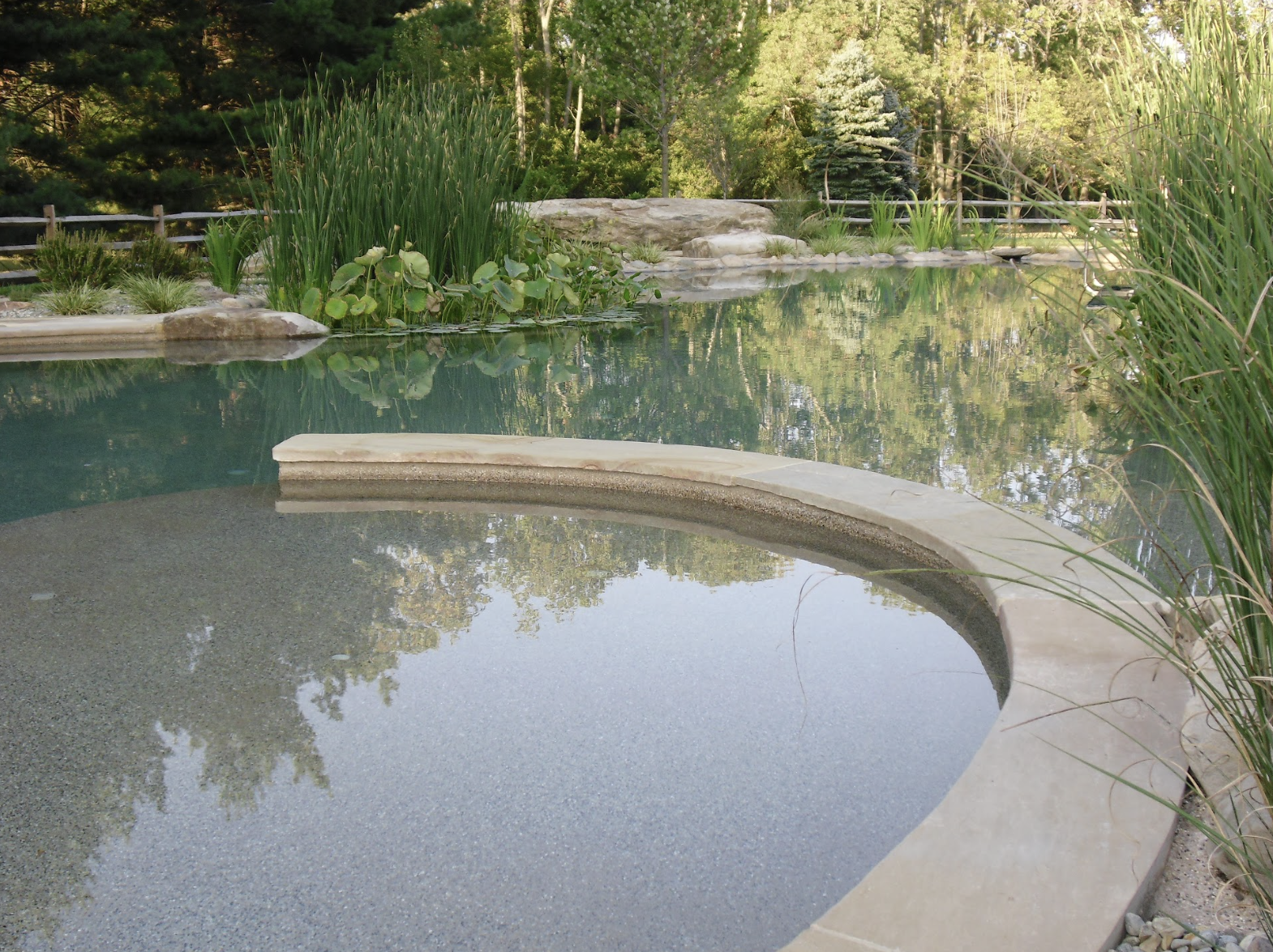
The foundation was laid with composite walls and a Portland cement floor was poured for a waterproof membrane. Besides expanding the pool’s footprint with a regeneration zone of aquatic plants, the team installed a state-of-the-art BF4 biofilm reactor.
Anthony Archer-Wills, a pond and stream master, helped create a narrative on the property, incorporating flowing water features and intricate landscaping. The design includes stone formations and boulders, meandering brooks, a natural grain mahogany bridge, and a millstone table, common in the area at the time of the first European settlers.
The regeneration zone includes several raised planting pockets that enable aquatic plants to break through the surface. The construction team used the same paving material on the deck to build a series of pots for water lilies and lotuses.
Due to the project size, the Princeton project took several years to complete all phases and faced its fair share of challenges.
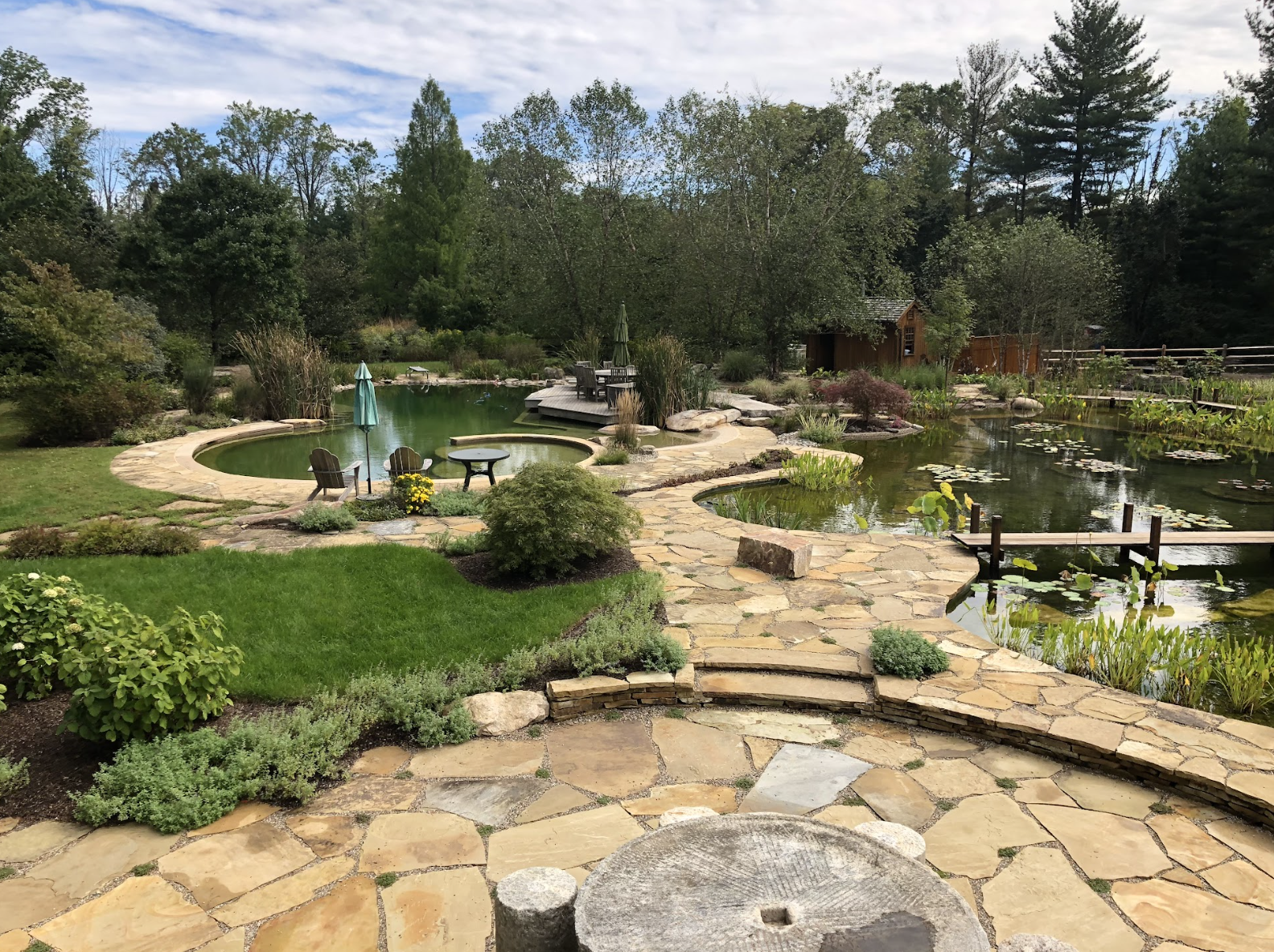
The property had a lower grade than required, so the team had to bring in 100 truckloads of fill dirt to level out the foundation for property drainage. Due to extreme winter weather, the team’s work was stalled for several months. To solve the problem of a cold westerly wind, larger 8-foot stones were installed to create a buffer.
The project was complete just in time for a summertime party, and the clients wowed their guests with their natural backyard oasis.
BioNova®
Phone: 1 (800) 929–7968
Email: info@bionovanaturalpools.com
.jpg)
Landscape professionals have always considered cost, aesthetics, and performance when selecting hardscape materials and installation methods. But...

The American Society for Landscape Architecture (ASLA) has announced the five-member Task Force and 33-member Advisory Group that will develop its...
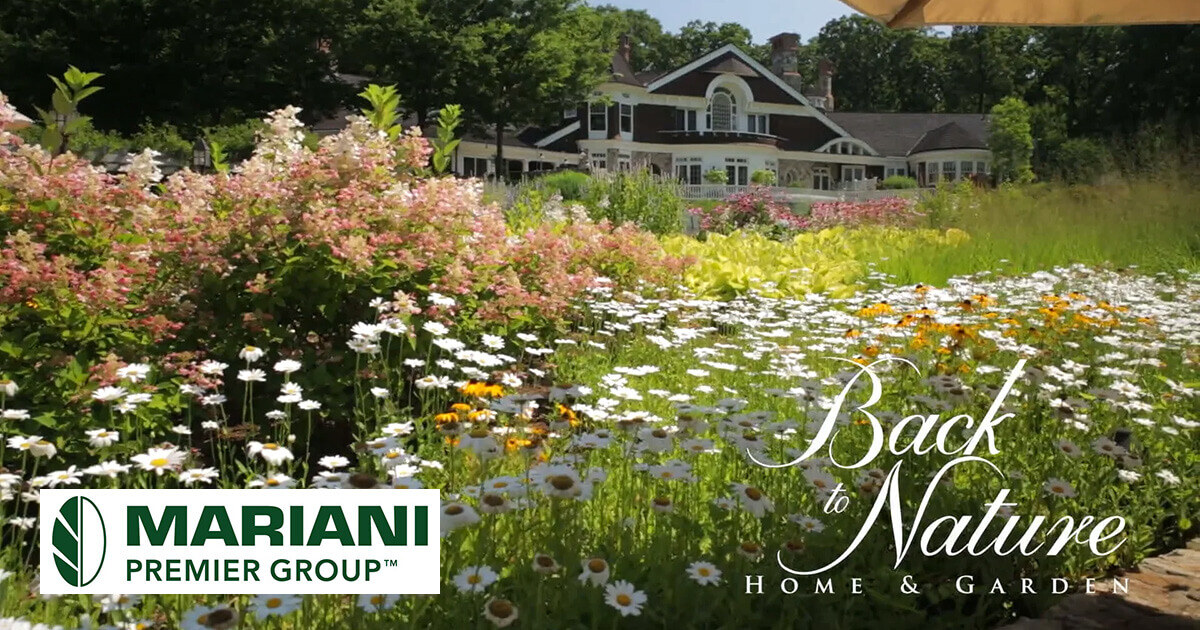
Lake Bluff, IL (December 12, 2024)—The Mariani Premier Group (MPG) announced today the addition of Back to Nature Home & Garden, an award winning...